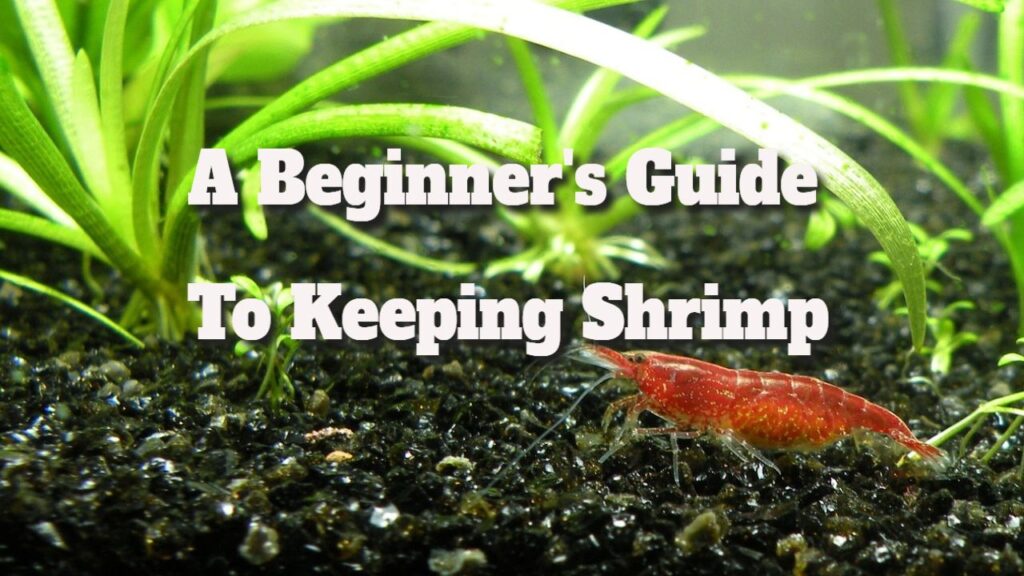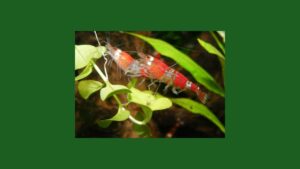Enhance Your Aquarium Experience with Expert Shrimp Keeping Techniques
Explore the Excitement of Integrating Shrimp into Your Aquatic Collection
Managing a fish aquarium is a rewarding hobby that can bring immense joy and relaxation. However, adding shrimp to your aquatic setup takes your experience to the next level by introducing vibrant colors and captivating behaviors. This comprehensive guide offers vital insights into how to care for these sociable, colorful, and prolific creatures within your aquarium ecosystem. Understanding the specific needs and characteristics of shrimp is essential for their health, longevity, and successful reproduction. The selection of shrimp species is a critical factor that influences the ease of care and breeding success, so let’s explore the best options available to enrich your aquarium adventure.
Shrimp species are typically classified into three primary categories:
Neocaridina shrimp
Caridina shrimp
Other diverse varieties
Among these categories, Neocaridina shrimp are renowned for their affordability and ease of care, making them the ideal focus for this guide designed for beginners eager to embark on their shrimp-keeping journey.
Explore the Distinctive Features and Color Variations of Neocaridina Shrimp
Famed for their resilience, adaptability, and reproductive prowess, Neocaridina Davidi, commonly referred to as the dwarf cherry shrimp, is an exceptional choice for aquarists, especially those newly venturing into the hobby. These shrimp exhibit a dazzling range of color morphs, including radiant red, blue, black, and green, all selectively bred to enhance their stunning hues. However, it is crucial to avoid mixing different color variations within the same tank, as this may result in unwanted offspring that lack vibrancy, appearing as dull brown or transparent shrimp. Personally, I find varieties such as the “blue dream” and “black rose” particularly enchanting.
When considering purchasing shrimp, remember that they are inherently social creatures that flourish in groups. It is highly advisable to maintain a minimum of ten individuals together, as starting with just a few can lead to shyness and isolation, impacting their natural instincts to explore and forage. Many novices mistakenly introduce only a couple of shrimp to their community tank, later lamenting their absence and missing out on the joy of observing these lively and engaging aquatic companions.
Essential Tips for Selecting Compatible Tank Mates for Your Shrimp
The selection of appropriate tank mates for your shrimp is vital to their health and well-being. Avoid large or aggressive fish species that may pose threats or prey on them. Fish like barbs and bettas can present significant risks for shrimp, often resulting in stress or fatalities. For the best outcomes, consider establishing either a shrimp-exclusive aquarium or pairing them with small, peaceful fish species such as ember tetras or corydoras. Additionally, ensure your aquarium is well-planted and spacious, as shrimp thrive in environments rich in vegetation and with sufficient water volume, providing them with safety and stimulation.
Optimize Shrimp Population Density for a Vibrant and Healthy Aquarium
Despite their small size and minimal metabolic waste, shrimp can thrive in moderately populated tanks. Nevertheless, careful management is essential; it is advisable to maintain a population density of 10-15 shrimp per five gallons of water. For the best breeding conditions, a larger aquarium of at least 20 gallons is optimal. When Neocaridina shrimp feel secure and comfortable in their environment, they will reproduce abundantly, often resulting in a delightful array of tiny shrimplets without requiring special interventions from you as their caretaker.
Be mindful that many fish species may eagerly consume baby shrimp, so if you wish to ensure the survival of your shrimplets, consider maintaining a dedicated shrimp tank or a heavily planted aquarium. I have successfully managed a large breeding colony in my high-tech, densely planted setup, which included only a minimal fish population, ensuring the safety of the young shrimp.
Originating from the temperate, shallow waters of Asia, Neocaridina shrimp possess a remarkable ability to thrive without the necessity for a heater, provided the ambient temperature in your home remains stable within a range of 65-80°F throughout the year. My observations indicate that they are most active and content at temperatures between 70-76°F. These shrimp prefer relatively soft, acidic water and tend to breed optimally at a pH level of 6.8-7.5, with a general hardness (GH) of 4-6 and lower carbonate hardness (KH). While they can adapt to various conditions, it is advisable to avoid extremely hard water for their long-term health.
While shrimp are often easier to care for than fish in many respects, they are particularly sensitive to fluctuations in water chemistry. Be cautious as they are highly susceptible to copper and other metals; thus, excessive iron fertilization to promote the growth of red plants or water additives containing copper can lead to rapid mortality. A balanced amount of iron in a complete plant fertilizer is typically safe at low levels and can help achieve vibrant red plants without jeopardizing the health of your Neocaridina shrimp.
Effective Practices for Monitoring Water Quality to Sustain Shrimp Health
Shrimp are particularly sensitive to sudden changes in water conditions, often more so than fish. If you notice your shrimp displaying erratic behavior after a water change, such as swimming aimlessly, it indicates that they are unhappy with the new water parameters. Regular water changes are crucial to prevent waste buildup; ideally, perform changes at least once a week, with two 30% changes proving more effective than a single 50% change.
In my high-tech aquarium, I carry out frequent water changes, but my shrimp thrive because I meticulously match the new water to the existing parameters in the tank. You can find more comprehensive details about optimal water management in my previous article on understanding water parameters. If shrimp struggle to acclimate to new water conditions, they may exhibit distressing behaviors such as jumping or may even die; however, healthy shrimp typically do not jump or try to escape when they are satisfied with their environment.
For enthusiasts interested in maintaining shrimp populations in high-tech environments, it’s noteworthy that numerous hobbyists have successfully bred Neocaridina shrimp in setups with CO2 supplementation. It is crucial to monitor CO2 levels to avoid excessive concentrations, efficiently managed with a drop checker that indicates when levels are in the safe green zone versus the harmful yellow zone. Additionally, be attentive to pH fluctuations caused by varying CO2 levels.
Balanced Feeding Strategies for Optimal Nutrition in Shrimp Care
When it comes to nutrition, shrimp are opportunistic scavengers with relatively low dietary needs compared to fish. In a community tank, they often thrive without targeted feeding, as they will consume leftover fish food, algae, and biofilm present in their environment. Conversely, in a dedicated shrimp tank or one with minimal fish, it is beneficial to provide them with food a few times weekly, ensuring that any uneaten food is removed after about an hour to maintain optimal water quality. Personally, I have achieved excellent results by feeding my shrimp SL-Aqua M.O.R.E White pellets.
Having successfully kept and bred Neocaridina shrimp in my high-tech planted tanks for several years without encountering issues, I hope this guide equips you with the essential knowledge needed for successful shrimp-keeping. With the appropriate care and environment, you can foster a self-sustaining shrimp population, eliminating the need for constant repurchases.
The Article: Keeping Shrimp: A Beginner’s Essential Guide Appeared First On Unity Pets.
The Article Shrimp Care: Essential Guide for Beginners Was Found On https://limitsofstrategy.com
The Article Essential Guide for Beginners on Shrimp Care First Appeared ON
: https://ad4sc.com












Comments are closed